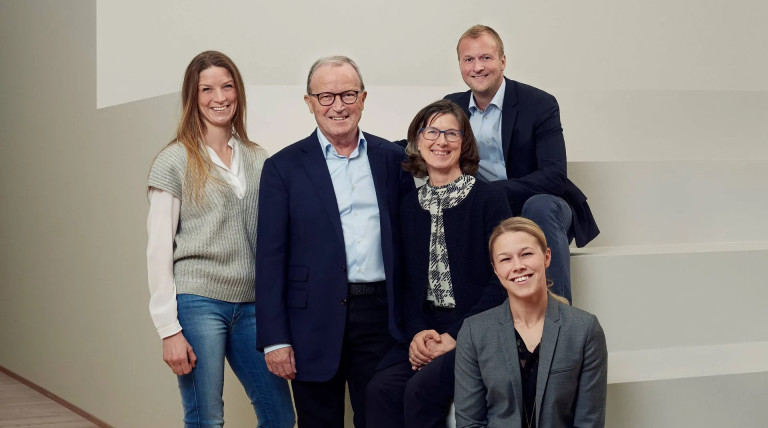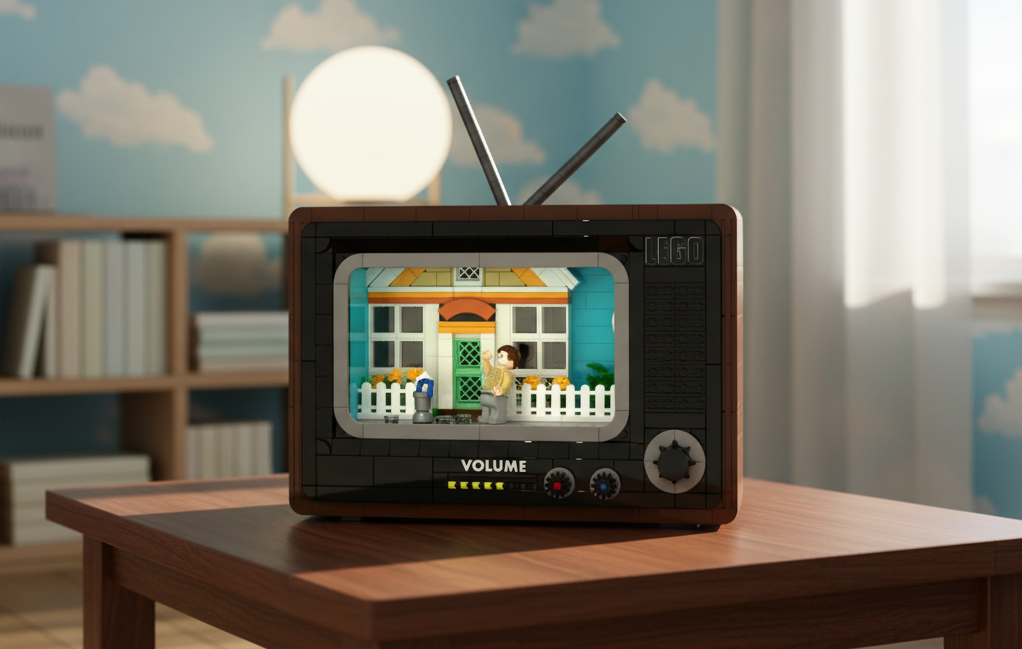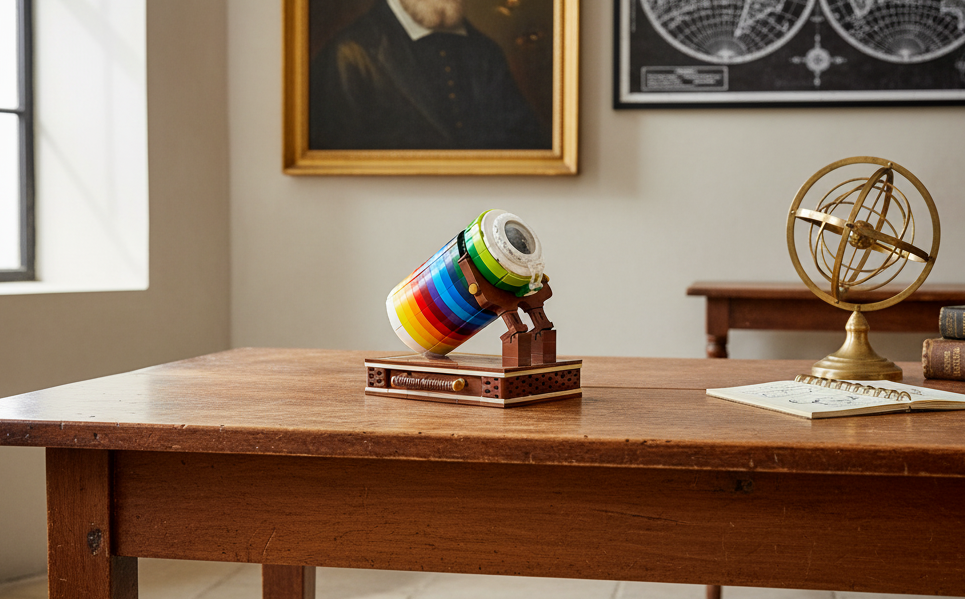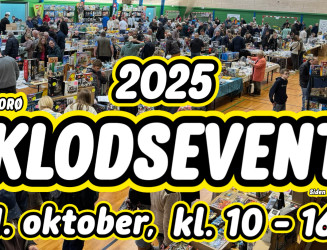A New Chapter for LEGO®: Shared Ownership Over Solo Control
For decades, the LEGO® Group has been synonymous not just with iconic plastic bricks, but also with a family legacy that stretches back to Ole Kirk Kristiansen’s humble workshop in 1932. The story of LEGO® is, in many ways, a story of family of values passed down, of risks taken, and of a brand that has become a global phenomenon. But as the torch passes to the fourth generation, the Kristiansen family is rewriting the script.
Gone are the days when a single heir would consolidate power. Thomas Kirk Kristiansen, along with his sisters Sofie and Agnete, has chosen a different path: shared ownership. This decision marks a significant departure from the past, where previous generations, including Thomas’s father Kjeld, often centralized control. Kjeld Kirk Kristiansen, who led the company as CEO from 1979 to 2004, famously bought out his sister to secure sole ownership. His children, however, are taking a more collaborative approach.
“We have said that we will be three owners - me and my two sisters,” Thomas stated in a 2019 interview. “And in the next generation, there will be six owners.” This isn’t just a sentimental gesture. It’s a calculated move to safeguard the future of a brand that, in this case, built for family harmony too.
Why Shared Ownership Matters
The decision to distribute ownership equally among siblings - and eventually among their children - isn’t without its risks. Family businesses are notorious for internal strife, and the LEGO® empire is no exception to the rule that more cooks in the kitchen can sometimes spoil the broth. But the Kristiansens are acutely aware of the pitfalls. “We know that every time you move to the next generation, there’s a huge risk of conflict,” Thomas admitted. To mitigate this, the family has introduced a family constitution, a set of guidelines designed to foster unity and clarify expectations. They’ve even created a “LEGO® school” for the next generation, ensuring that the six young cousins grow up understanding both the privileges and responsibilities of stewardship.
This approach reflects a broader shift in how the family views its role. Rather than seeing themselves as the best people to run the company, they recognize that professional management is key to LEGO®’s continued success. Thomas, who became Chairman of Kirkbi and the LEGO Group in 2023, is clear about his priorities: “The most important task is that the family continues to appoint the best possible people to run our business.” It’s a humility that’s as refreshing as it is pragmatic.
The Structure Behind the Bricks
So, how does this all work in practice? The LEGO® Group is owned 75% by Kirkbi A/S, the family’s holding company, with the remaining 25% held by the LEGO Foundation. Kirkbi, in turn, is divided among Kjeld and his three children, with each of the siblings holding roughly equal stakes. Thomas, as the most active family member, represents the owners on the board, but the day-to-day operations are left to a team of professional managers, including CEO Niels B. Christiansen.
This structure allows the family to maintain influence without micromanaging. It also ensures that the company can focus on long-term growth rather than short-term profits—a luxury afforded by private ownership. As Thomas put it, “We are not here to maximize dividends. We are here to maximize the impact of the LEGO® brand.” And with a net worth exceeding $30 billion, the family has the financial freedom to think in decades, not quarters.
Lessons from the Past, Plans for the Future
The Kristiansens have learned from history. The early 2000s were a turbulent time for LEGO®, marked by financial losses and a crisis of identity. The turnaround, led by then-CEO Jørgen Vig Knudstorp, was only possible because the family was willing to step back and let professionals take the reins. That lesson hasn’t been forgotten. Today, the family’s role is less about calling the shots and more about setting the direction, ensuring that the company stays true to its core values while adapting to a rapidly changing world.
Part of that adaptation includes a commitment to sustainability and innovation. Under Thomas’s leadership, Kirkbi has expanded into renewable energy and digital transformation, all while keeping the LEGO® brick at the heart of the business. The family’s vision is clear: to inspire and develop the builders of tomorrow, whether they’re playing with physical bricks or digital ones.
What This Means for LEGO® Fans
For those of us who grew up with LEGO®, this shift in ownership might seem like inside baseball. But it’s actually a big deal. The Kristiansens’ decision to embrace shared ownership and professional management is a vote of confidence in the brand’s future. It means that LEGO® will continue to be guided by the values that made it great creativity, quality, and a relentless focus on the child without being held hostage to family dynamics.
And let’s be honest: in a world where so many beloved brands are gobbled up by faceless corporations, there’s something reassuring about knowing that LEGO® is still in the hands of the family that built it. As Thomas himself has said, “We are custodians of something much bigger than ourselves.” That’s a responsibility they take seriously, and it’s one that LEGO® fans everywhere can appreciate.
So, the next time you snap together a LEGO® set, remember: behind every brick is a family that’s working hard to keep the magic alive. And if the past is any indication, they’re just getting started.





